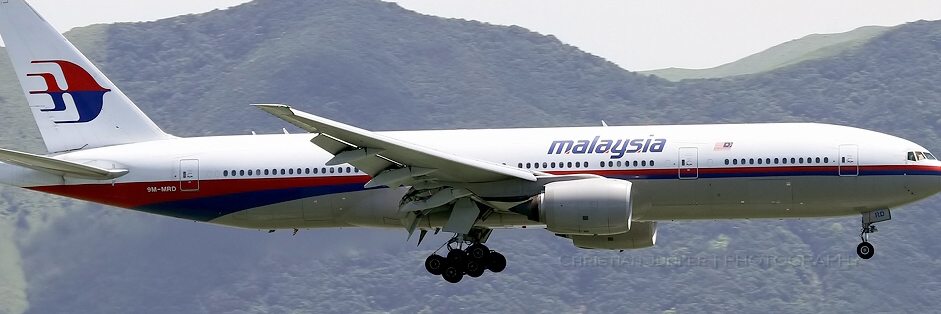Who’s responsible for Malaysia’s missing planes?
[dropcap]A[/dropcap]t the start of every new year, we tend to look back and remember the most important events that agitated the world. Amidst wars, conflicts, financial crisis and natural disasters, one thing has prevailed on the 2014 news: airplane incidents.
Malaysia Airlines, flight MH370: the plane disappeared from the radar screens on March 8. There were 239 passengers, no bodies were found.
Malaysia Airlines again, flight MH17: broke in mid-air above Ukraine, 298 deaths were reported. A week later, on July 24, Air Algérie, flight AH5017 struck the ground nose-down, 116 people died.
More recently, on Sunday 28 December, Indonesia AirAsia, flight QZ8501, went missing over the Java Sea. Only 30 of the 162 bodies have been recovered so far.
And it doesn’t end here. Many more minor plane crashes and disappearances have occurred this past year.
But has this year actually been particularly fatal for airplane travellers? “Not even close,” answer CNN experts. Statistically, 2014 is far from being the year with the most aerial fatalities.
So, what explains the omnipresence of these stories on the news and social media? It is, perhaps, the mystery and many unanswered questions surrounding these events that make them more appealing to the public.
But what are the real causes of these accidents? In an era of technological advances and increasing measures of safety, why do such sophisticated engines fall off the radars?
By looking more into it, we find one common thread between almost all these incidents: before the aircrafts disappeared, the piloting crew complained about the weather. MH17 had to fly lower and exposed itself to shootings, AH5017 turned left to avoid bad weather before losing contact, and QZ8501’s engine is believed to have stalled due to icy air conditions.
Indeed, more and more experts are starting to defend the theory that climate change is responsible for these events. With the warming of the planet, turbulences are becoming increasingly unpredictable and are expected to double by 2050, but pilots are not always prepared to handle the situation efficiently.
Others blame the airlines. With the proliferation of low-cost airlines, some companies are driven to opt for younger, cheaper, and less experienced, pilots in attempts to reduce prices.
So is global warming killing us in yet another unforeseen way? Or is the competitive market forcing airlines to lower their standards?
Many argue that the casualties from aerial complications are insignificant compared to other transport. While the road kills more than 1.3 million people per year, only 1217 people died in aerial incidents in 2014. So why do so many people dread planes but are fine with cars when logical thought would dictate the opposite?
In a post-9/11 period, flying in an airplane is also subject to aerial terrorism fear. In fact, when MH370 went missing, rumours talked about a suicide mission, a hijacking, or an attempt to make the plane crash on the American base of Diego Garcia in the Indian Ocean.
Also, with myths such as the Bermuda Triangle and TV shows such as “Lost”, popular culture has implemented in us the fear of flying. Or should I say the fear of crashing?
This article is a tribute to the 1217 family members, friends, and loved ones that took off and never landed in 2014.
[divider]
Photo: Flickr/chrisjunker

Comments